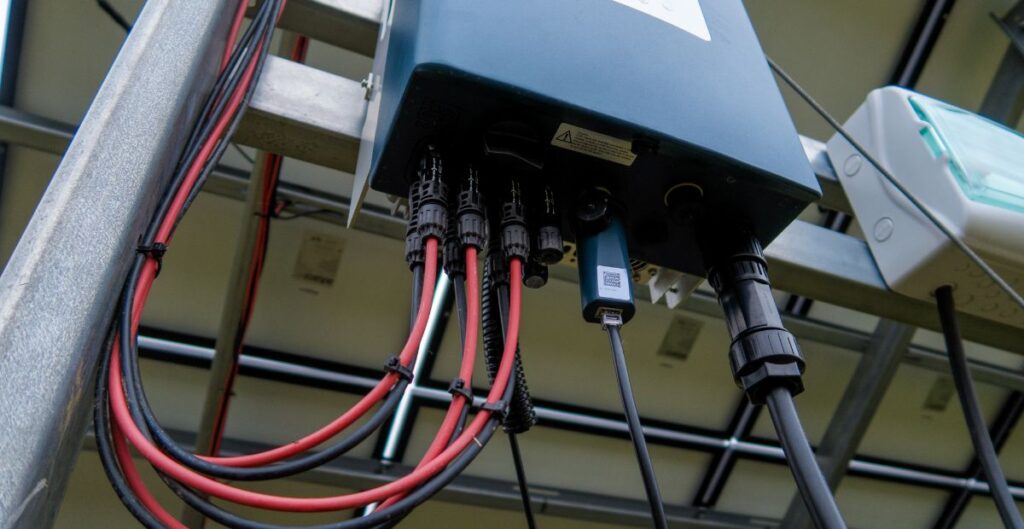Have you ever thought about how computers handle unpredictable situations, like forecasting the stock market or modeling weather patterns? Well, that’s where differentiable SDE machine learning comes into play.
In this article, we’ll break this topic down in an easy-to-understand way, even if you’re just starting to learn about machine learning. Plus, we’ll walk you through tools, examples, and common questions to help you feel confident using this powerful technique.
- Differentiable SDE Machine Learning GitHub Tools
- Differentiable SDE Machine Learning Python Libraries
- Differentiable SDE Machine Learning Example
- SDE Solver Python: The Secret to Handling Randomness
- Score-Based Generative Modeling Through Stochastic Differential Equations
- Stochastic Differential Equations Machine Learning in Real Life
- Scalable Gradients for Stochastic Differential Equations
- Why TorchSDE is the Best Starting Point
- FAQs About Differentiable SDE Machine Learning
- Final Thoughts
Differentiable SDE Machine Learning GitHub Tools
One of the easiest ways to get started with differentiable SDE machine learning is by using free tools available on GitHub. For example, TorchSDE is a well-known library that helps machine learning models work with stochastic differential equations (SDEs).
TorchSDE is great because:
- It works smoothly with PyTorch, a popular deep-learning platform.
- It provides ready-made solutions for dealing with random and noisy data.
- It helps you train machine learning models that learn from randomness.
For hands-on practice, you can visit the TorchSDE GitHub page and explore real code examples.
Differentiable SDE Machine Learning Python Libraries
Python is one of the easiest programming languages to learn, and it’s also perfect for differentiable SDE machine learning. Many Python libraries make it simple to create models that learn from random events.
Here are a few popular options:
- TorchSDE – works directly with PyTorch.
- Diffrax – for advanced research models.
- SDEpy – for simulating SDEs in Python.
With these libraries, you don’t need to be a math genius. Python helps you test different models, solve problems, and improve predictions, all while handling randomness like a pro.
Differentiable SDE Machine Learning Example
Let’s imagine you run a lemonade stand. Some days you sell lots of lemonade, other days you don’t. Why? Maybe it’s sunny, or maybe there’s a festival nearby. Sometimes, things just happen that you can’t predict.
This is exactly why differentiable SDE machine learning is helpful.
Here’s how it works:
- You gather data (weather, school holidays, events).
- You train a machine learning model using an SDE solver.
- The model learns how random factors affect your sales.
- Later, it predicts sales even when unexpected things pop up.
Just like your lemonade stand, businesses use differentiable SDE machine learning to predict customer demand, stock prices, or health trends, even when randomness is involved.
SDE Solver Python: The Secret to Handling Randomness
An SDE solver is a tool that helps your computer handle randomness. Think of it like a special calculator that can understand unpredictable changes over time.
In Python, you can use:
- TorchSDE for deep learning projects.
- Diffrax for solving modern SDEs in research.
- SDEpy for simple, fast simulations.
With these solvers, your model can learn from real-world situations that are never perfect or fully predictable.
Score-Based Generative Modeling Through Stochastic Differential Equations
This technique may sound complex, but here’s a simple explanation: score-based generative modeling through stochastic differential equations helps create new, realistic data from random noise.
Imagine turning static or messy data into high-quality images, videos, or simulations. This is what happens in AI art generators, which use similar ideas to turn random noise into artwork.
These methods are changing how AI creates data, especially for generating images, voices, or even new molecules for drug discovery.
Stochastic Differential Equations Machine Learning in Real Life
Stochastic differential equations are used in many industries to solve real-world problems, like:
- Forecasting in finance.
- Predicting disease outbreaks in healthcare.
- Navigating uncertainty in robotics.
- Simulating physical systems in engineering.
Whenever there’s randomness, SDEs help machines make better decisions.
Scalable Gradients for Stochastic Differential Equations
One challenge with SDE-based machine learning is how to make the model learn faster when using large datasets. This is where scalable gradients for stochastic differential equations come in.
By making training more efficient, you can build powerful models without waiting hours or days for them to complete learning. Libraries like TorchSDE already have built-in solutions for this, so you can scale up easily.
Why TorchSDE is the Best Starting Point
Among all the tools, TorchSDE stands out because:
- It’s beginner-friendly if you already know PyTorch.
- It supports different SDEs, making it great for AI learning tasks.
- It’s optimized for fast training with scalable gradients.
- It’s trusted by researchers and backed by Google Research.
If you’re serious about learning differentiable SDE machine learning, TorchSDE is a smart choice.
FAQs About Differentiable SDE Machine Learning
What is differentiable in machine learning?
In machine learning, differentiable means you can calculate how much a model’s prediction changes when its input changes. This is important for training models using techniques like gradient descent.
What is SDE in machine learning?
SDE stands for stochastic differential equation. It helps models deal with randomness, such as random events that affect stock prices, weather, or customer behavior.
What is the difference between PDE and SDE?
PDEs (partial differential equations) handle smooth, predictable systems like waves or heat flow. SDEs add randomness to these systems, making them useful for modeling things like noisy or unpredictable data.
What is the difference between diffusion and SDE?
Diffusion refers to how particles or information spread over time. An SDE can describe diffusion but also models more complex behaviors where randomness plays a major role.
Final Thoughts
Differentiable SDE machine learning is powerful, even if it sounds complex at first. By using Python tools like TorchSDE and Diffrax, you can build models that understand and learn from the unpredictability of the real world.
Would you like me to also create a simple tutorial on how to set up TorchSDE step by step?






